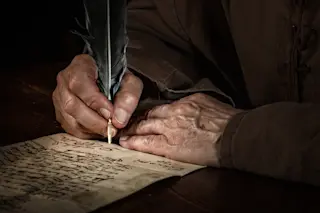The Creepy World of Old-School Human Dissection
Medical students have always had to dissect corpses. In the late 1800s, it made for unsettling but great pictures.
More on Discover
Stay Curious
SubscribeTo The Magazine
Save up to 40% off the cover price when you subscribe to Discover magazine.
Subscribe












